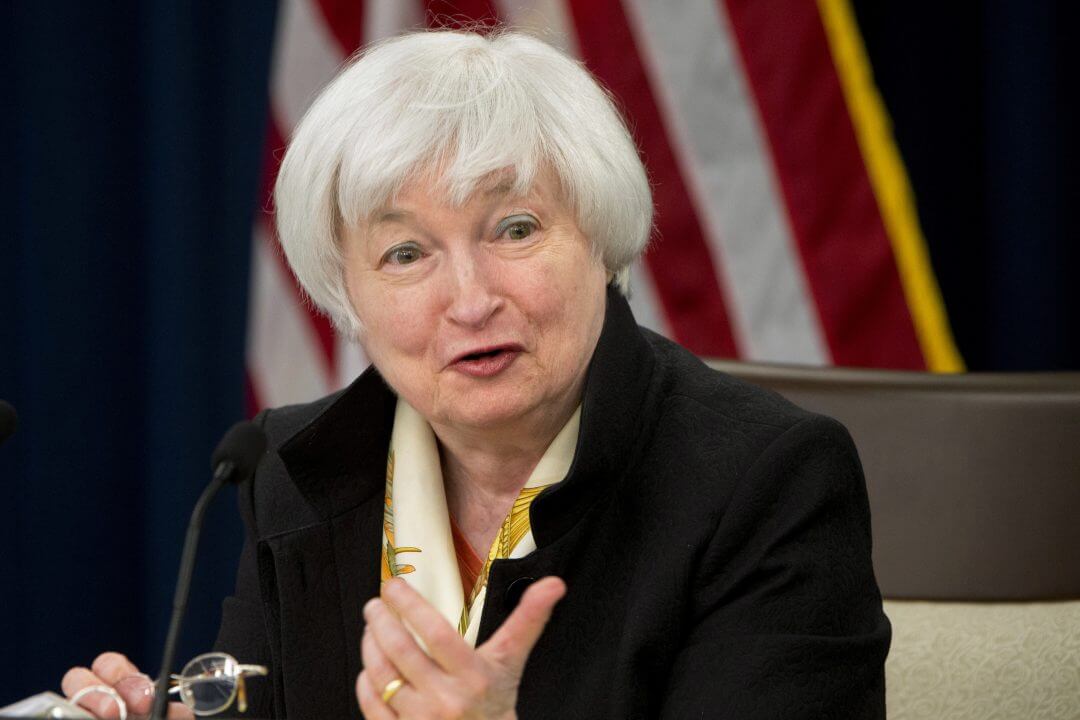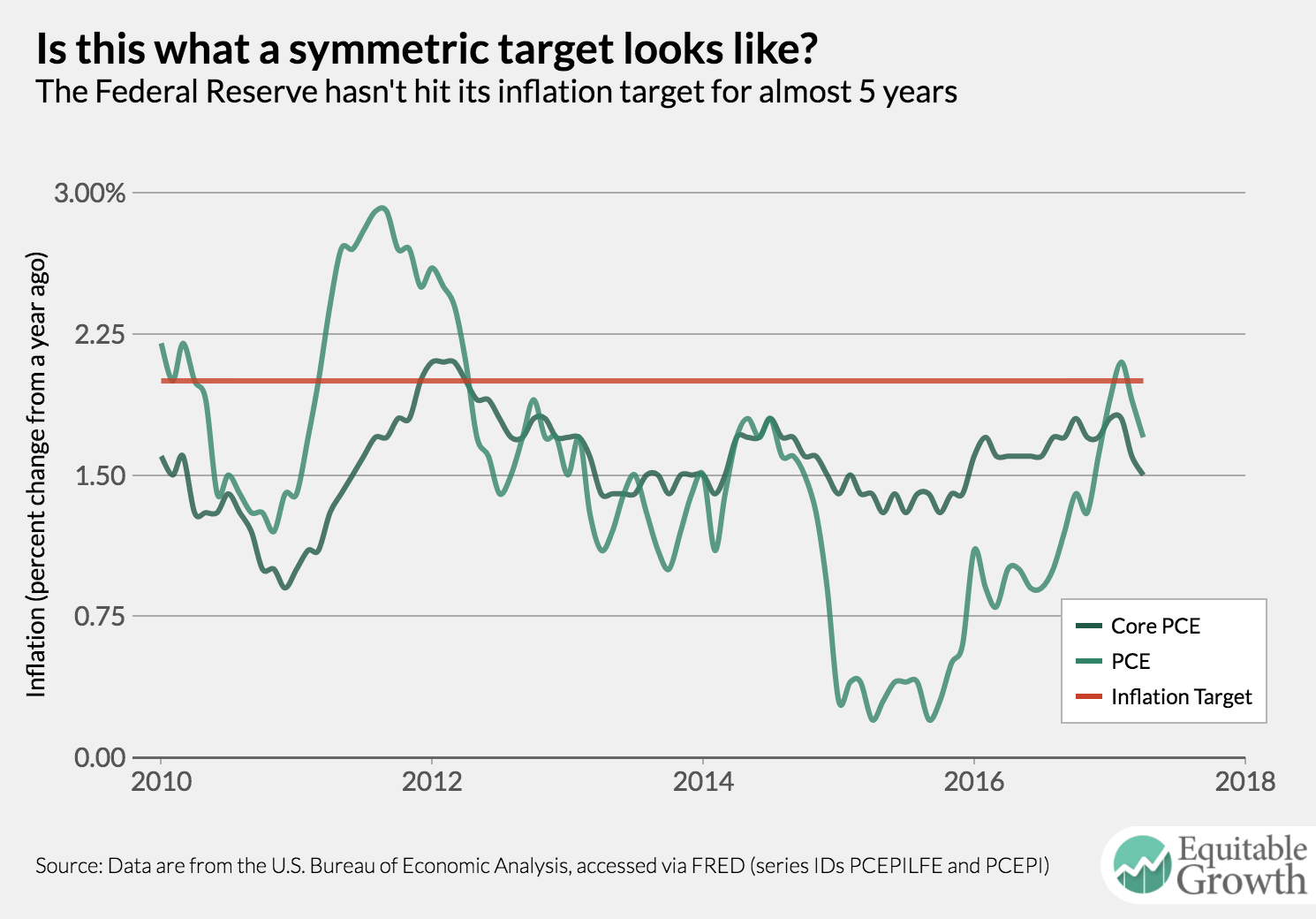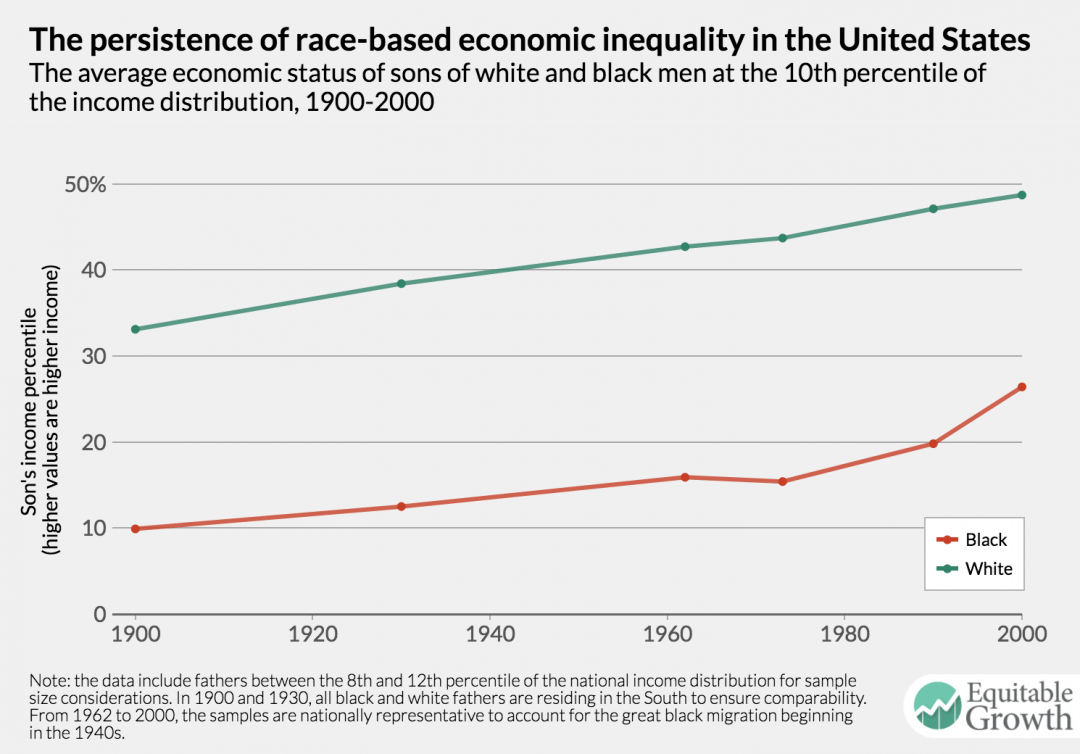…that is the welfare effects of tax and transfer policies are equivalent to the welfare effects of a set of lump sum taxes and transfers which add up to less than zero. Thus desirable redistribution comes at a price and the standard question is how large is this price worth paying (Brad DeLong explained this to me in 1979). I certainly think that it is and would support massively increased redistribution from the rich to the poor even if I assumed that reality were well described by standard models. Indeed the general view of public economists who developed those models is very egalitarian (see Diamond http://econ-www.mit.edu/faculty/index.htm?prof_id=pdiamond&type=paper, Mirrlees http://nobelprize.org/nobel_prizes/economics/laureates/1996/mirrlees-autobio.html, and Vickrey http://nobelprize.org/nobel_prizes/economics/laureates/1996/vickrey-bio.html).
In this post, I discuss the possibility that redistribution from the rich to the poor might increase money metric welfare. My point, if any, is pessimistic, negative and destructive, as, I think, the discussion suggests that economic theory is not able to answer practical policy questions convincingly, since, even an generally agreed claim depends on assumptions made for convenience.
In each case, I will present an argument in which agents are rational utility maximizers and the world is in Nash equilibrium. I will not argue that it is plausible that the magnitudes of the benefits I describe are great enough to imply that redistribution increases money metric welfare.
(1) First, I have to mention this paper to be fair to Alessandra Pelloni http://ideas.repec.org/p/eui/euiwps/eco97-12.html. In it we show that the standard result, taxing capital income would be a terrible idea if a Romer ’86 endogenous growth model describes reality, depends on the assumption made purely for convenience that labor supply is exogenous. I think the paper shows that once one allows spillovers (or imperfect competition or incomplete markets) anything can happen. it has been published http://www.sciencedirect.com/science?_ob=ArticleListURL&_method=list&_ArticleListID=587522600&_sort=d&view=c&_acct=C000050221&_version=1&_urlVersion=0&_userid=10&md5=e1d717c34a32a86fc73539e2f9249d3c.
(2) Another argument (and one which I personally find convincing) is the Robin Hood and the Welfare State argument due to Hershel Grossman . A standard assumption in general equilibrium models is that agents are free to keep their endowments and only trade if they want to. This assumes that there is no theft. If desperately poor people rob the rich using violence or the threat of violence, the rich can be better off taxing each other to make them less desperately poor http://scholar.google.com/scholar?hl=en&lr=&safe=off&q=grossman+robin+hood&btnG=Search.
(4) A little bit of altruism changes everything. If people care about their own physical well being (pleasure minus pain), plus that of those they love, plus 0.00001 times the well being of strangers, redistribution can be Pareto improving. Non-poor agent A doesn’t need taxes and transfers to give his money to the poor. However, after he has chosen my level of private giving, he doesn’t want to give any more via taxes. However he wants to give rich agent B’s money to the poor. He cares a tiny bit about the small cost (in pleasure minus pain) to B and the same tiny bit about the large benefit to the poor. Increasing taxes and transfers from zero will make everyone happier if the population is large enough so that taxing one me is more than balanced by taxing lots of you (Brad DeLong explained this to me in 1988: progress, albeit slow progress). I find this argument totally convincing. I note that, in this case, the transfer itself causes an externality. A much more demanding standard for efficiency increasing taxes (met by examples 1 and 2) is that the incentive effects of the tax and transfer program are good so it would be good if people believed that there will be a tax and transfer program, yet that program isn’t actually implemented. This can occur if:
(5) people are at least slightly altruistic. This not only implies that transfers to the needy create positive welfare externalities but also implies that responses to the incentive effects of taxes can create positive welfare externalities. Imagine a medical doctor who is deciding whether to care for the rich and/or insured or the medically underserved population (say the homeless). I would much rather this MD take care of the homeless who might otherwise go without basic care.
It increases total pleasure minus pain for the doctor to take care of the homeless as they get little care and there are decreasing returns to medical care (implied by the phrase basic care). Only if people who aren’t directly involved care because of altruism, does this increase in welfare imply an increase in money metric welfare.
The doctor cares about the homeless too, but isn’t willing to accept the much lower income. In this case, the market is sending the wrong signal to the MD, since it doesn’t internalise the externality of third people who wish someone took care of the homeless. A high marginal tax rate weakens the MD’s incentive to take care of the rich (or insured) and can, in theory, allow the MD’s altruistic impulse to overcome the desire for high income. This increases money metric welfare as many people who are neither doctors or patients feel better because they know people are getting basic care. This example is actually quite general as many people and firms face choices about whether to make products for the rich or non rich. A key example is the model T. Henry Ford wanted to make a car for regular guys even though profit margins were higher in the luxury car market. In fact, the perception that people face a choice between doing something socially useful and making money is quite common (search for “selling out”). Economists tend to argue against this perception, but all that is needed to make it possibly valid is that “socially useful” refers to utils and economic incentives imply counting the utils of the rich as much more important than the utils of the poor.
(6) Selling out can be worse than taking care of rich people. Consider, for example, the lobbyist who lobbies for subsidies or protection for a particular industry. Economists will generally tend to suspect that the social value of this person’s work effort is negative, however it may benefit his clients. The libertarian straw man will reply that the solution is to rule out once and for all any such evil interventions in the market. I will reply that I am talking about the real world. In my example, the sources of the problem are the legislators who don’t love the market enough (or the constitution which allows them to sell out). I believe there are many other cases in which rent seeking is well rewarded. A desire to do something useful which is too weak to overcome the desire to earn a huge income as a lobbyist might be strong enough if the tax man took away a lot of that huge income.
(7) also spite. Another externality is spite. To the extent that consumption is desired as a means of showing high relative wealth and obtaining status, an income tax has no effect on the welfare of the rich. If the rich are motivated by a desire to win the money game, an income tax does not tilt the playing field, so they don’t suffer from paying taxes so long as their competitors pay them too.
I’d say that’s a pretty long list.
UPDATE: Over at Brad’s blog, this point (4) has lead to a discussion of interpersonal comparisons of utility:
What is it with this obsession with pareto efficiency in welfare economics? Almost no relevant policy initiatives will ever be pareto effecient, but will, arguably, be very a great net welfare improvement. Why this fear of interpersonal utility comparisance? Is it cause needs (as opposed to wants) might sneak in an muddy the waters or is it an atavistic leftover from a time when the liberalistic market was sacrosankt in economics? Posted by: Tomas | June 12, 2007 at 01:05 PM
Tomas, the reason people hate interpersonal utility comparisons is because they don’t work. For example, if you multiply anyone’s utility function by a constant, and their observable behavior won’t change at all. This means that people don’t have uniquely determined utility functions, which means you can’t compare them. That is, if you try to compare two people’s utilities directly, then you get to make up any result you want, because you can multiply one guy’s utility by whatever constant makes the right person’s utility bigger. Posted by: Neel Krishnaswami | June 12, 2007 at 05:01 PM
Excellent point Tomas. ‘Nother excellent point Neel Krishnaswami. I think the (valid) argument that interpersonal comparisons of utility are impossible has had immense influence on economists. There are two ways to make interpersonal comparisons. One is explained by Jean Francois Mertens (this is a joke as “explained by Jean Francois Mertens” is an oxymoron).
As far as I can tell after listening to him for 90 minutes, his proposal is as follows. First, consider people whose happiness is definitely bounded above and below, so there is an epsilon so small no outcome so wonderful that they would trade 90% of their lifetime wealth for epsilon chance of that outcome and vice versa—there is none so horrible so that they would trade 90% of their lifetime wealth to avoid an epsilon risk of that outcome. This is reasonable, otherwise one can get to a St Petersburb paradox (warning pdf) http://www.springerlink.com/content/d0k7604j263788ht/.
If so, for each agent say the upper bound of his utility is 1 and the lower bound is zero. The rest can be filled in observing his choices over lotteries. Now we have interpersonally comparable utility. This can also work even if happiness is, in principle, unbounded, so long as, for each person there is an upper and lower bound of technologically feasible happiness (misery). Finally, it can work even if there are no psychological or technological limits, there can be limits based on some non utilitarian principle of fairness (say starving to death is infinitely horrible but we believe as a moral principle that before we begin adding up utils we have to save everyone from starvation if we can(or maybe torture is infinitely awful but also before we think about utils we must respect peoples right to not be tortured as a prior and absolute moral principle)). The 0 is the lower bound of misery which we can morally allow someone to suffer (even if technology makes a much more horrible outcome possible).
This is really a simple method to arrive at comparable numbers which are linear in happiness such that your argument does not apply. I wonder why this idea is not more influential (again a joke, Mertens may be the worlds worst lecturer).
The other is an “assume we have a can opener” approach based on absolutely absurd assumptions about mega rationality. Imagine being someone else (a super mega rational being can do this). Now imagine your soul being removed from you and planted in a random person (a super duper mega rational being can do this). Now, if you can make rational choices under risk, you can decide how to maximize the sum of human happiness e voilà (this approach is advocated by a friend of mine, Peter Hammond, so I am being polite).
Or to be really picky now that no one is reading, Tomas,
technically you are arguing that Pareto improvements are impossible in the real world. Pareto efficiency just occurs when no Pareto improvement is possible, so there are many many Pareto efficient outcomes (slavery was Pareto efficient, or else slaveowners would have freed their slaves). Pareto improvements are always possible in the real world which is complicated (in simple models there can be simple Pareto improvements). Thus Pareto efficiency is just about nothing. It gets attention because of the result that, under very strong assumptions, the market outcome is Pareto efficient. Arrow proved this and has been trying to explain (to no avail) that the proof amounts to just about nothing ever since…






